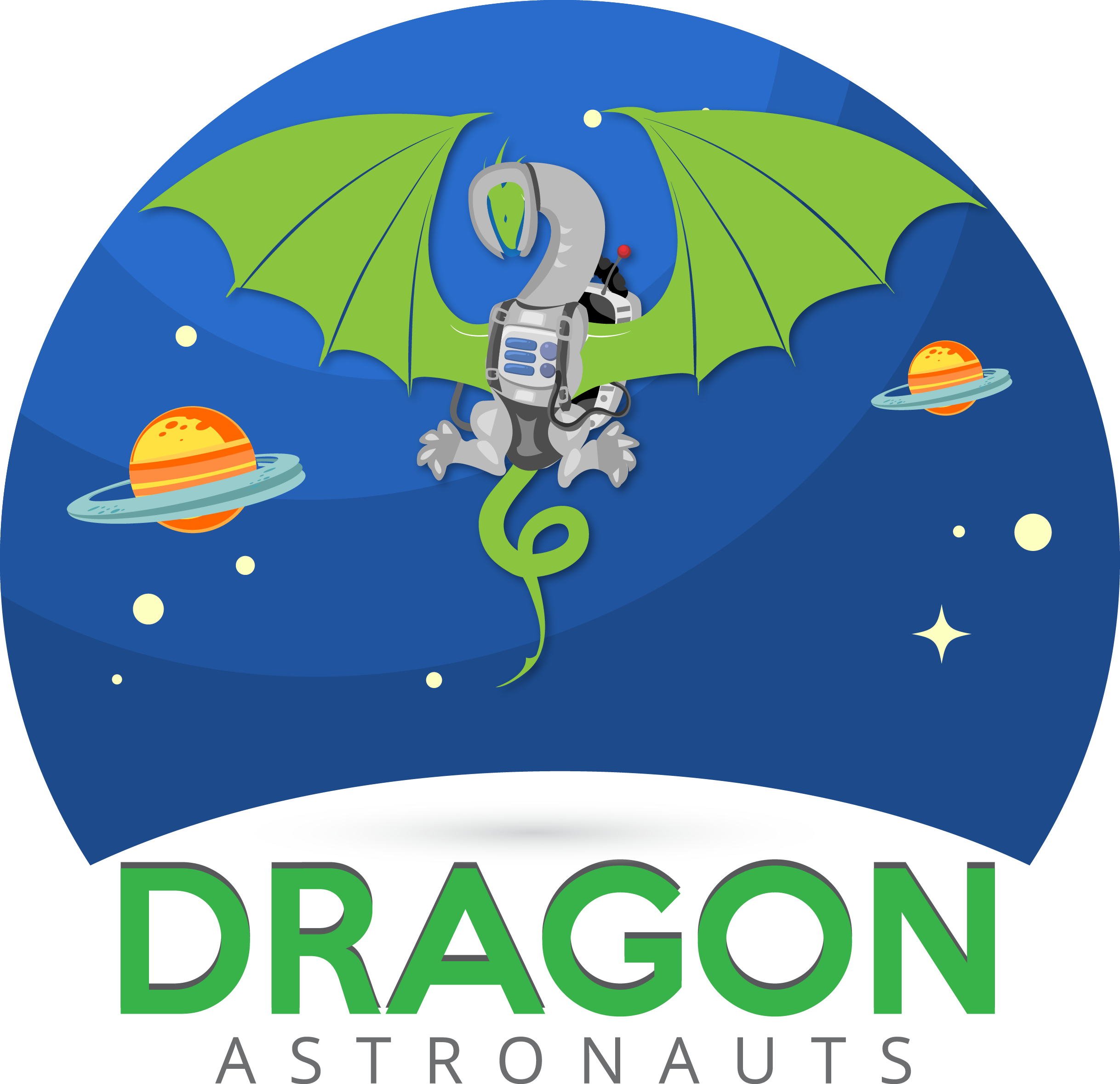A JSON Web Token (JWT) is an internet standard for representing claims securely between two parties. JWTs contain three parts: the *header*, the *payload*, and the *signature*. They are joined together by `.` to create a JWT like: `aaaaaa.bbbbb.ccccc`.
Example JWT
Decoded
Header
{
"alg": "HS256",
"type": "JWT"
}Payload
{
"sub": "1234567890",
"name": "John Doe",
"iat": 1516239022
}Signature
HMACSHA256(
base64UrlEncode(header) + "." +
base64UrlEncode(payload),
your-256-bit-secret
)Encoded
eyJhbGciOiJIUzI1NiIsInR5cCI6IkpXVCJ9.
eyJzdWIiOiIxMjM0NTY3ODkwIiwibmFtZSI6IkpvaG4gRG9lIiwiaWF0IjoxNTE2MjM5MDIyfQ.
SflKxwRJSMeKKF2QT4fwpMeJf36POk6yJV_adQssw5cWhen to use a JWT?
– Authorization – After a user logs in the server returns a JWT. The user includes the JWT in each additional request to authorize their requests. JWT tokens are commonly used in Single Sign On setups because it can prevent CORS issues.
Links
https://auth0.com/learn/json-web-tokens/
https://gorails.com/episodes/api-auth-with-json-web-tokens-and-knock
https://gorails.com/episodes/jwt-authentication-from-scratch-with-rails
https://gorails.com/episodes/jwt-with-devise
https://en.wikipedia.org/wiki/JSON_Web_Token
https://fusionauth.io/learn/expert-advice/tokens/anatomy-of-jwt
https://stackoverflow.com/questions/55389211/string-based-data-encoding-base64-vs-base64url
https://www.sitepoint.com/introduction-to-using-jwt-in-rails/

Leave a Reply